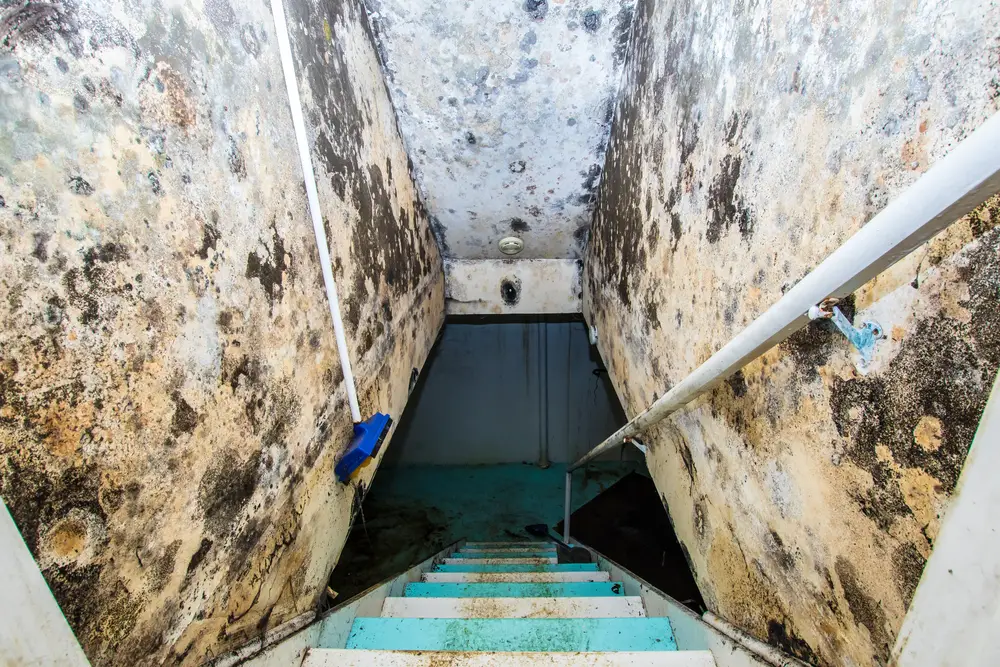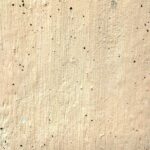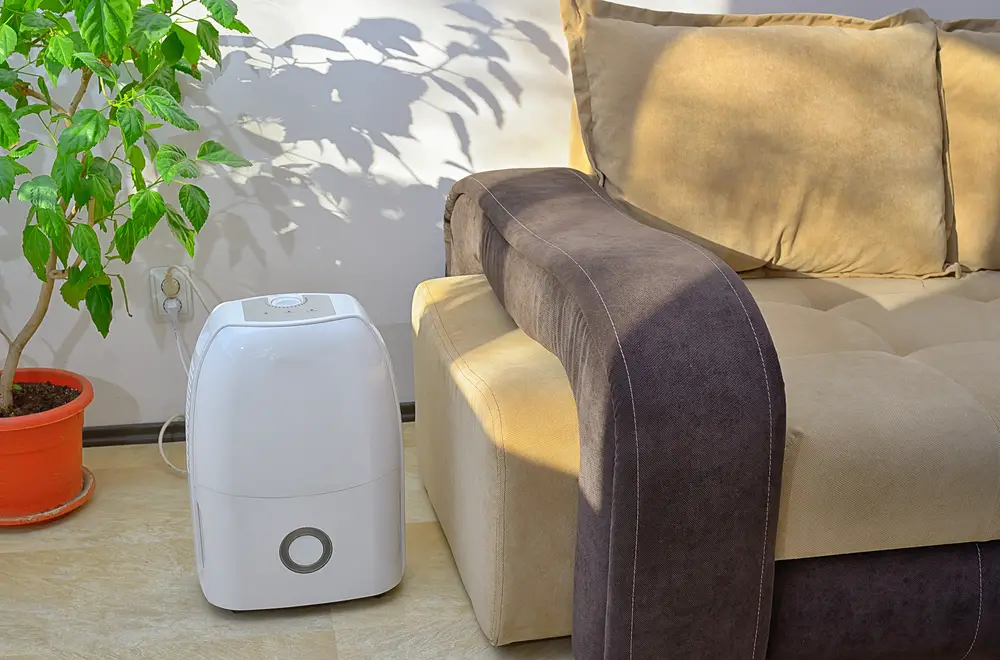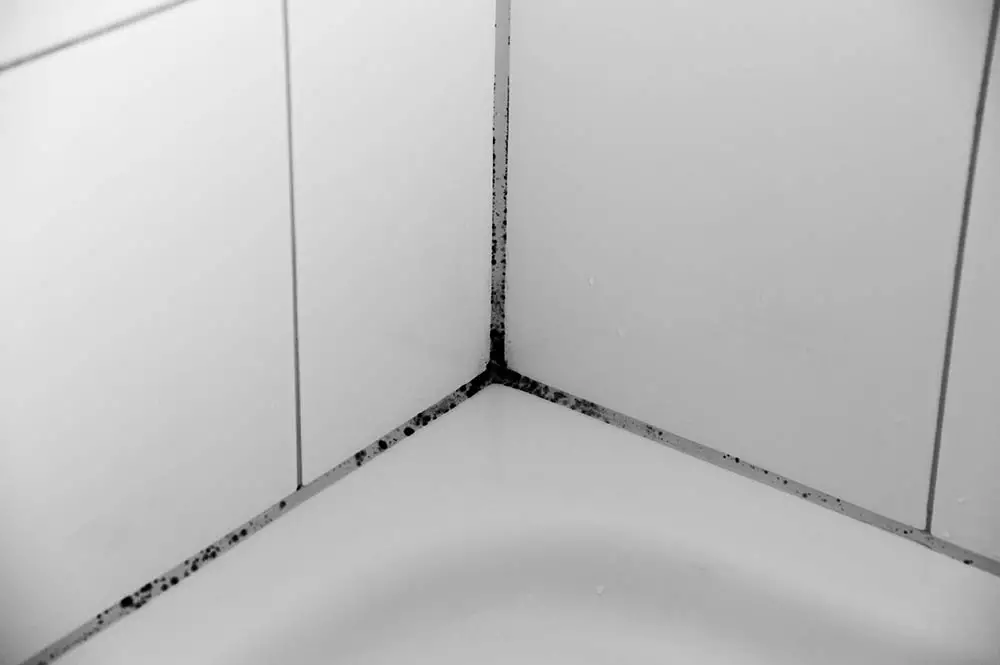Mold is the bane of most bathrooms across the country, isn’t it? The steam, the too-long showers, and the lack of ventilation often leave us with little black dots, ruining our paint and compromising our lovely bathrooms. Mold is a nuisance plaguing many of us, leaving us wondering what to do about the mold in your bathroom ceiling!
Well, wonder no more! We have all the answers for you that will help you remove mold from your bathroom! Let’s get into it and banish mold once and for all!
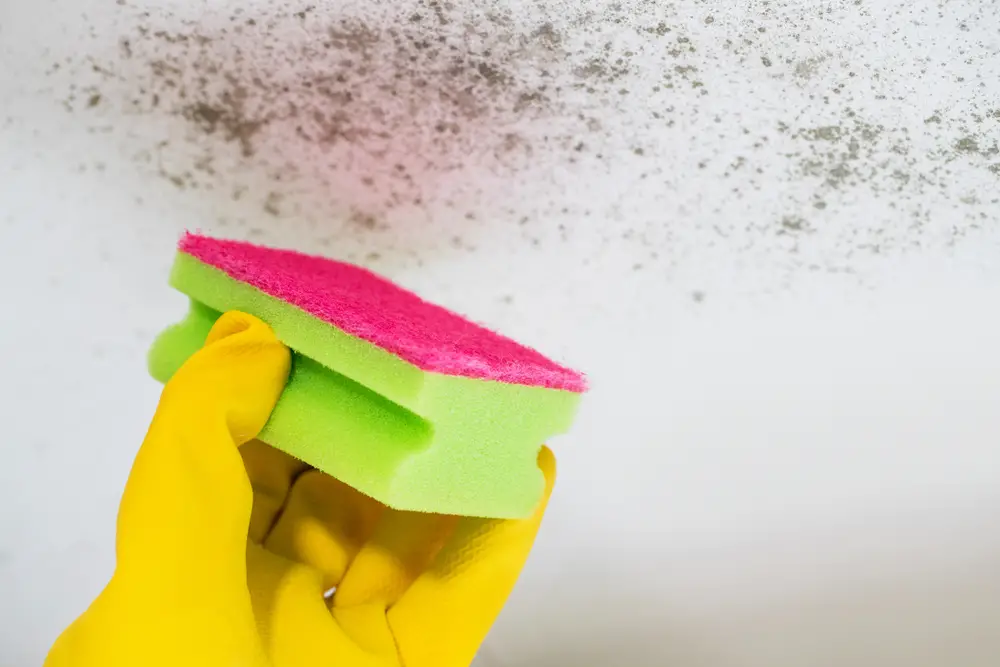
How Do You Get Rid of Mold in Your Bathroom Ceiling?
You can use a store-bought mold cleaner or a homemade remedy to remove mold in your bathroom ceiling. Start with either your cleaner or some dish soap and water mixture. Wash the mold with the cleaner before leaving to dry.
Once dry, it’s time for the stronger stuff, bleach! When using bleach, ensure that you have protective clothing and a window open to allow the fumes to escape. Mix one-quarter cup of bleach with one quart of water and apply the solution directly to the mold. Leave it for roughly twenty minutes and apply a second coat if needed. Wait another 20 minutes for the solution to dry. You should now see a noticeable difference, and most, if not all, of your mold, should be removed!
Once cleaned, it’s wise to follow with a treatment that will kill any remaining mold spores. A solution using borate-based detergent is a fantastic option. Be sure to leave the treatment on rather than rinsing it as it will prevent mold from growing here in the future!
How Do You Stop Mold on Bathroom Walls?
There are a few preventative measures you can take to stop mold on your bathroom walls. Opting for mildew-resistant paint is a fantastic option for those like me that spend too long in the shower. The paint should provide a layer of protection from the moisture that can cause mold on your bathroom walls. A well-lit and ventilated bathroom will also prevent mold on your bathroom walls. An exhaust fan used while the shower is on and for 30 minutes afterward will ensure the walls will dry thoroughly. Make use of any bathroom windows, too, to let the hot air out of the room.
After a shower or bath, it is also a good idea to mop up any excess water on the tiles, walls, or floor. It will stop it from seeping into the walls, causing mold to develop. If you have any leaks, such as pipes dripping onto the walls, it is worth repairing these now, as they will reduce the moisture in the room, stopping any leaks and mold appearing! Another way to stop mold on your bathroom walls is to seal any grout lines, especially those that mark the end of the tiles and the start of the wall. Sealing these and scrubbing them every few weeks will keep mildew away, preventing mold from appearing! It’s worth resealing them yearly to ensure mold stays away!
While we are on the topic, regularly cleaning the bathroom and areas around the shower and walls will greatly reduce the chance of mold appearing. Regular cleaning will make the task of removing mold easier too, don the rubber gloves regularly to save yourself some serious elbow grease!

Why Is There Mold Above My Shower?
The steam from showers usually causes mold in your bathroom ceiling. The moisture from the hot water will moisten the walls and ceiling above, causing mildew to form. It loves humid conditions, and the area above your shower is exactly that! When left untreated, it becomes the mold we all know and loathe. Stagnant water in your shower can also cause mold to develop, as well as gaps between tiles or any deep corners. If any of this is near your shower, mold and mildew can start to form. To prevent mold above your shower, wipe the area after a shower to mop up any excess water or moisture from your shower. Opening a window and leaving an exhaust fan to run after your shower will also reduce the moisture and reduce any mold above your shower.
Dry and bright areas are mold’s enemy, so get to work making your bathroom their worst nightmare!
What is the Difference Between Mildew and Mold?
Mildew is what first appears at the beginning of a colony. Once it has established itself and isn’t treated, mold begins to form.
Mold will spread and breed across your bathroom, commonly as black or brown spots. Depending on the type of mold, you might also see blue, yellow, or green tints in the mold. The different colors will relate to the different kinds of mold you have; most commonly, it will be a dark brown/black color.


